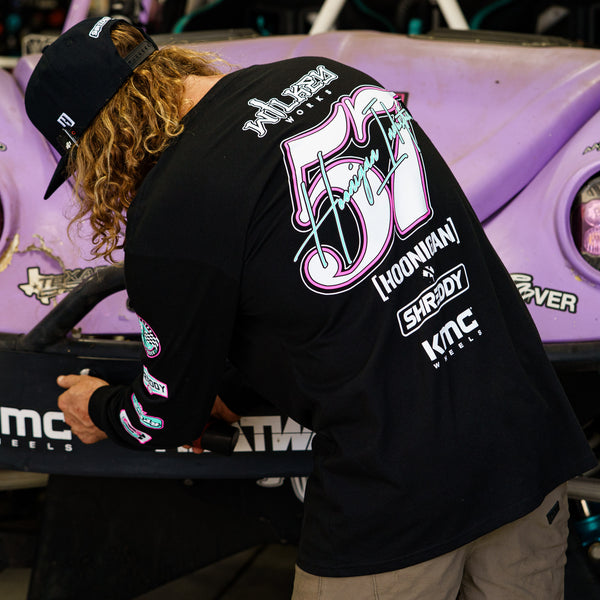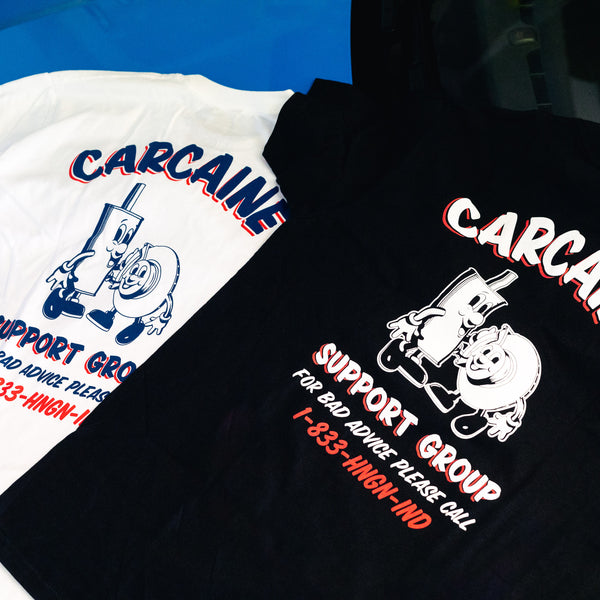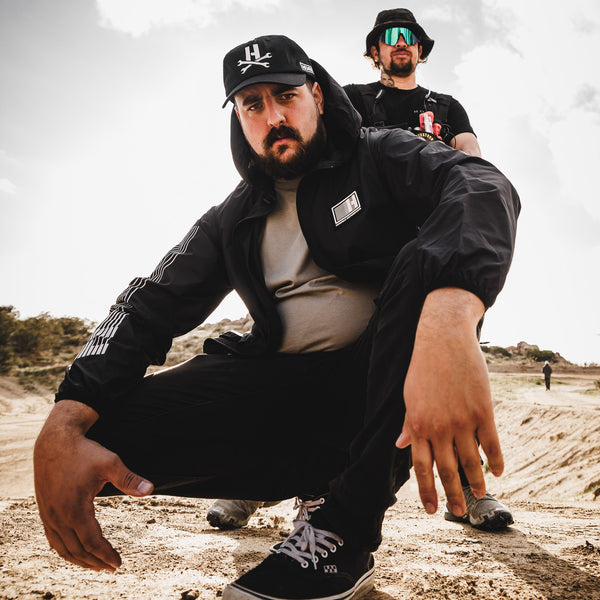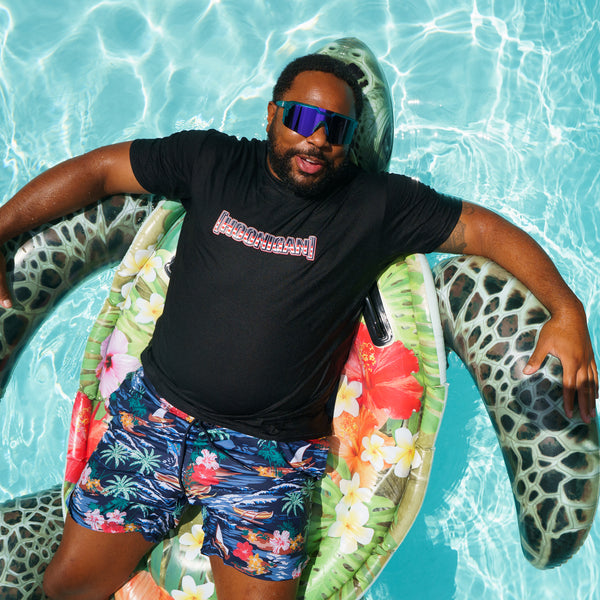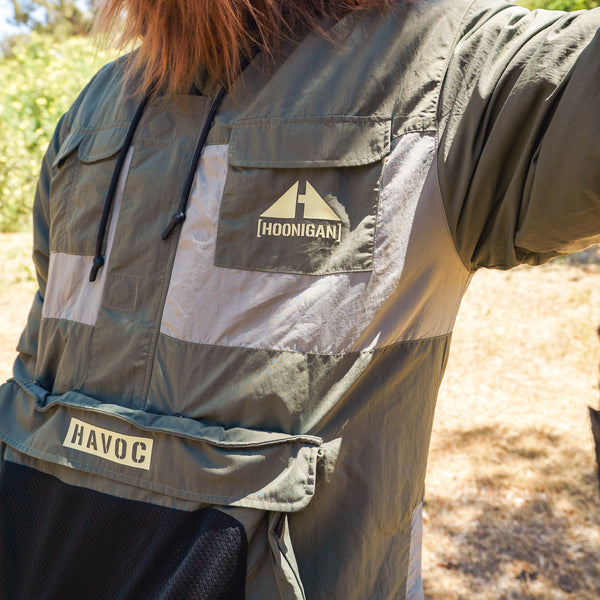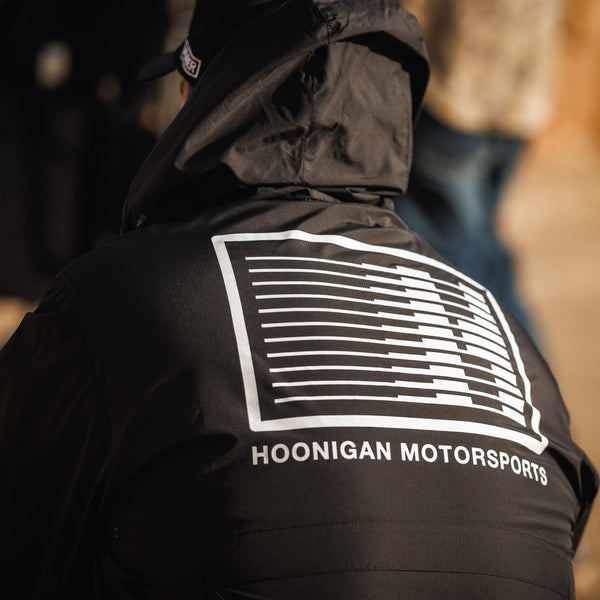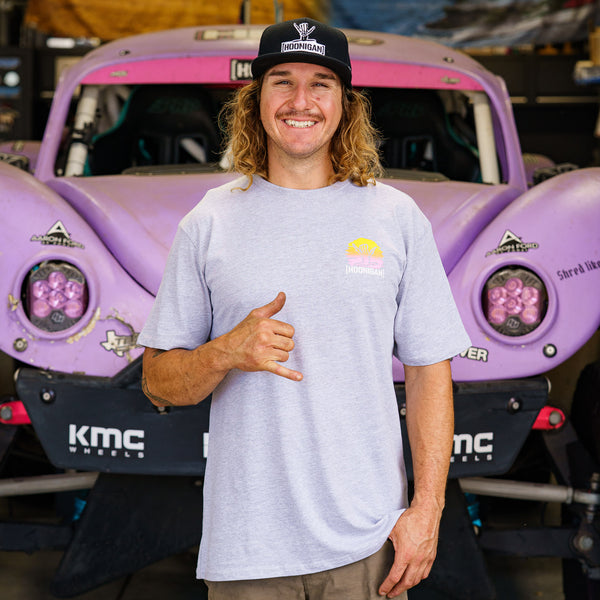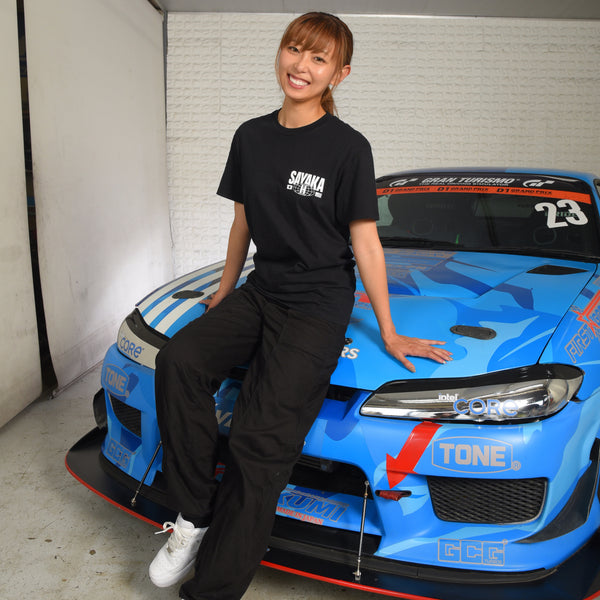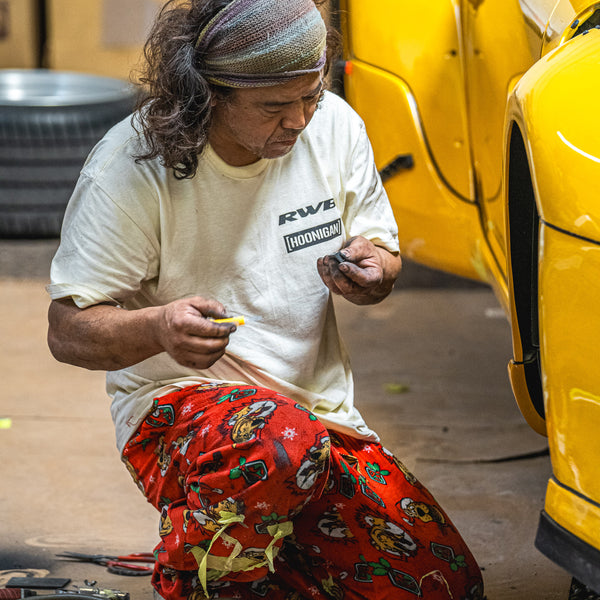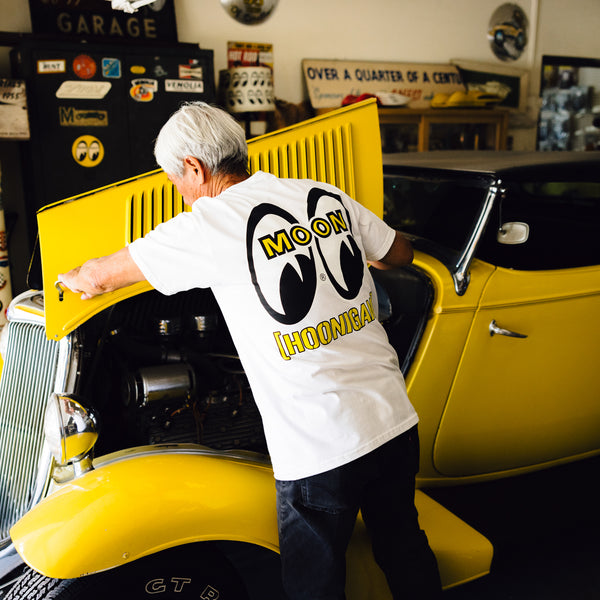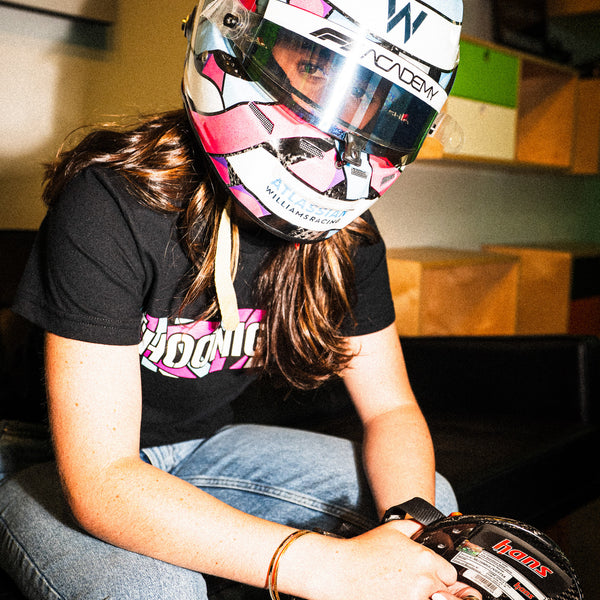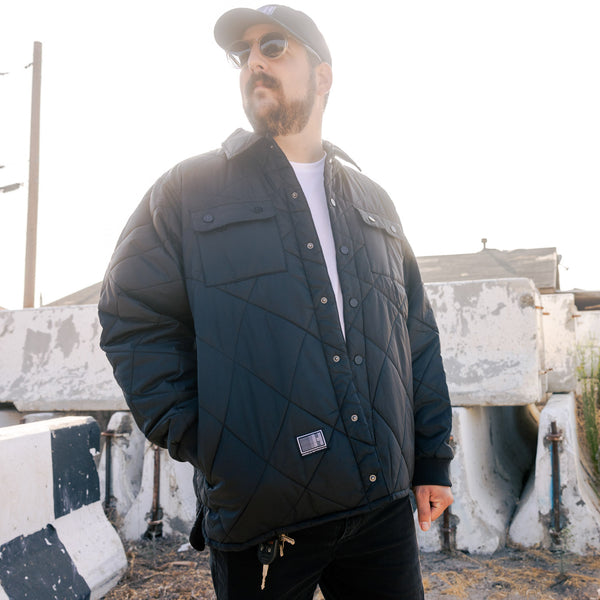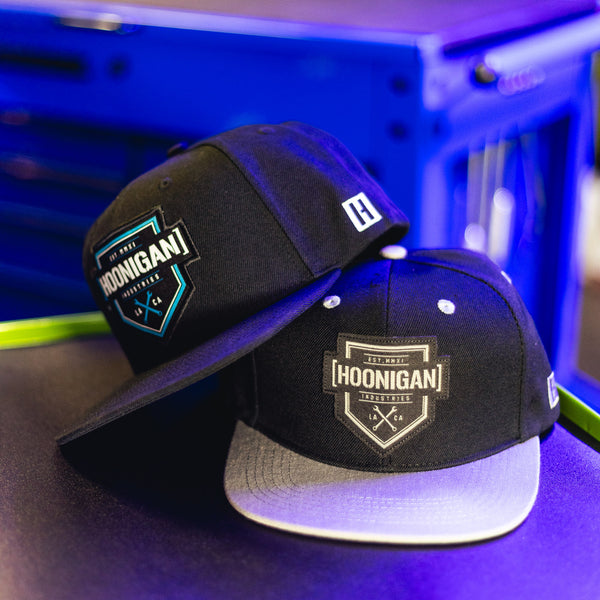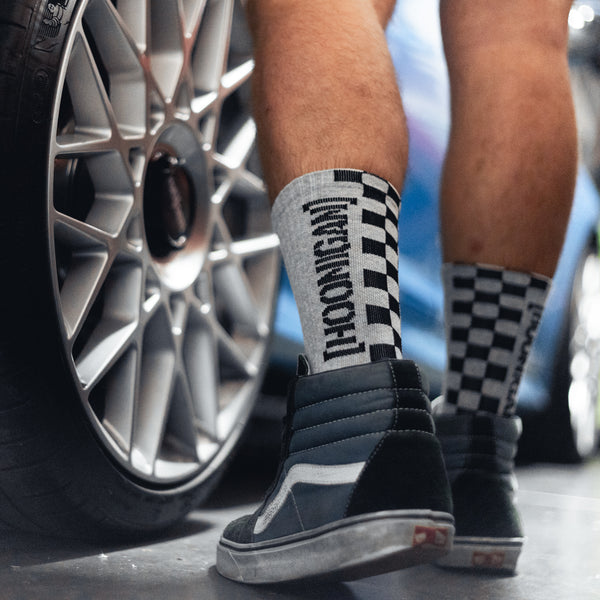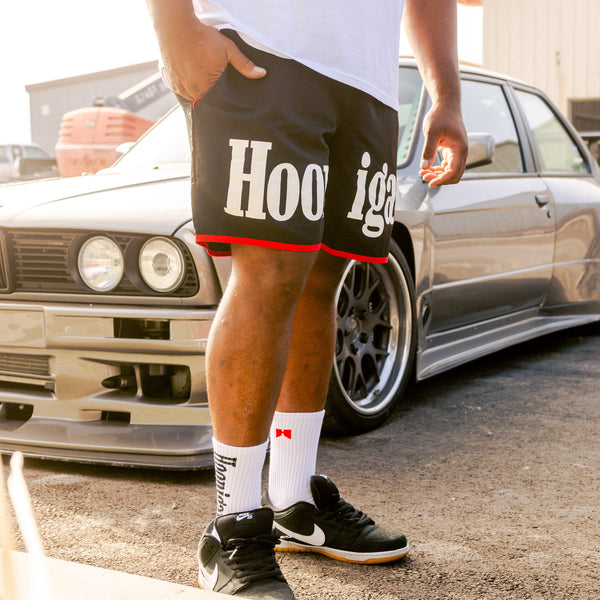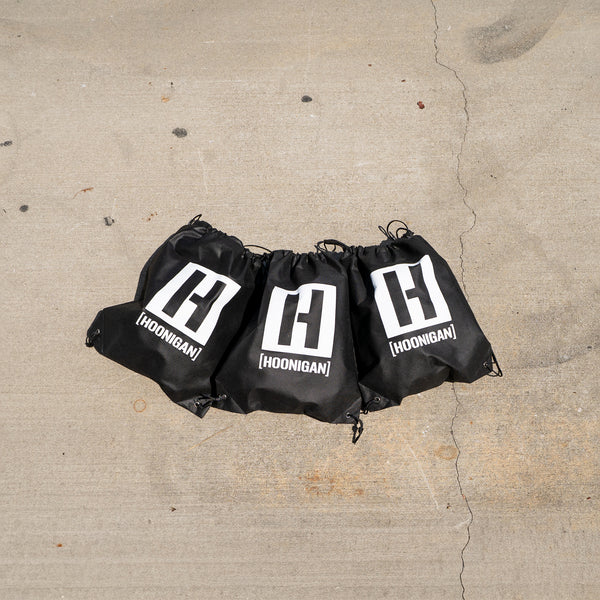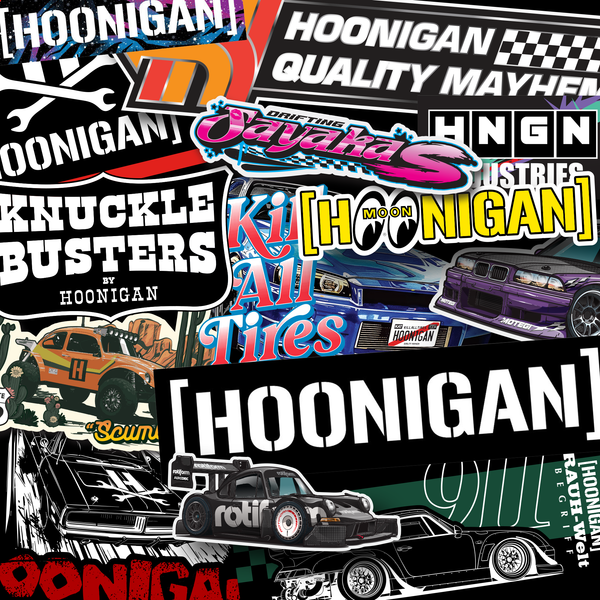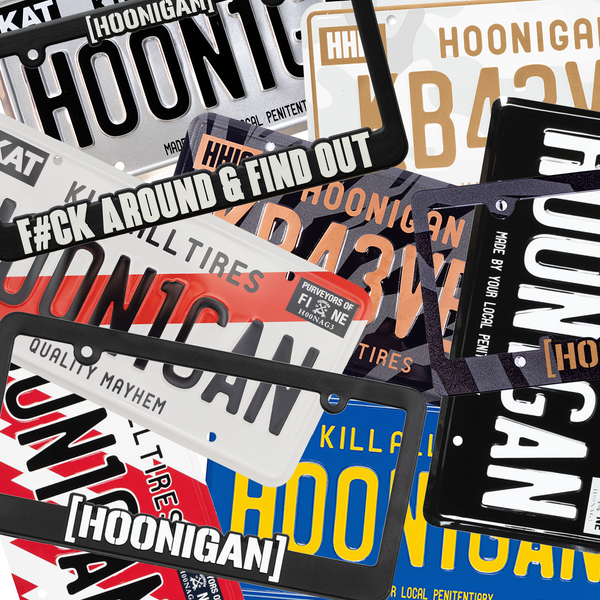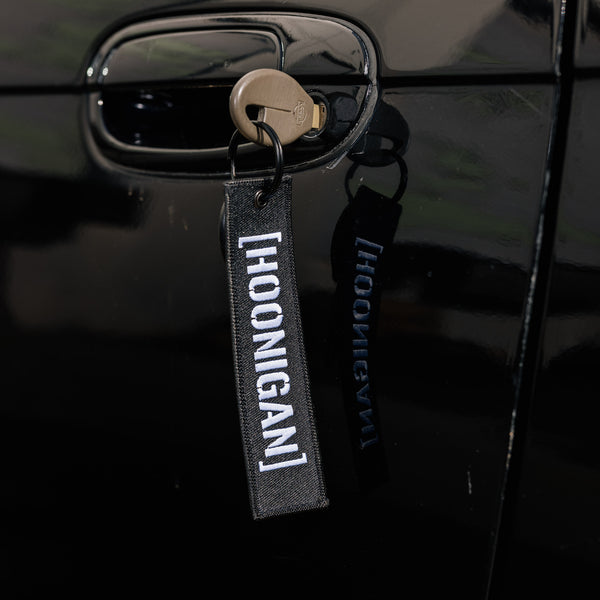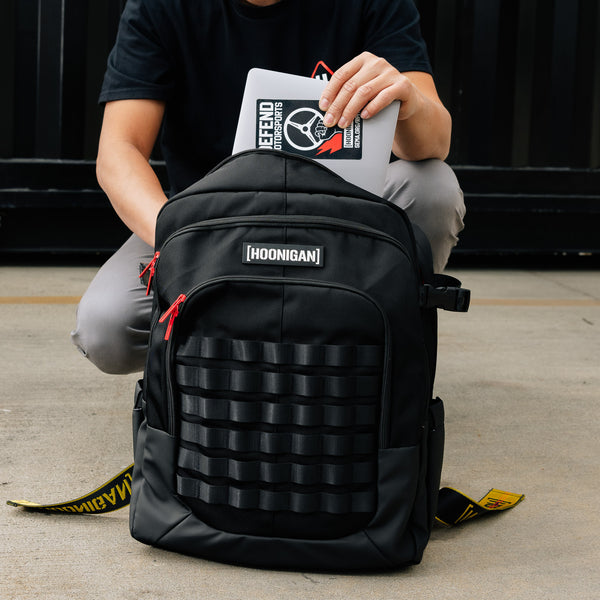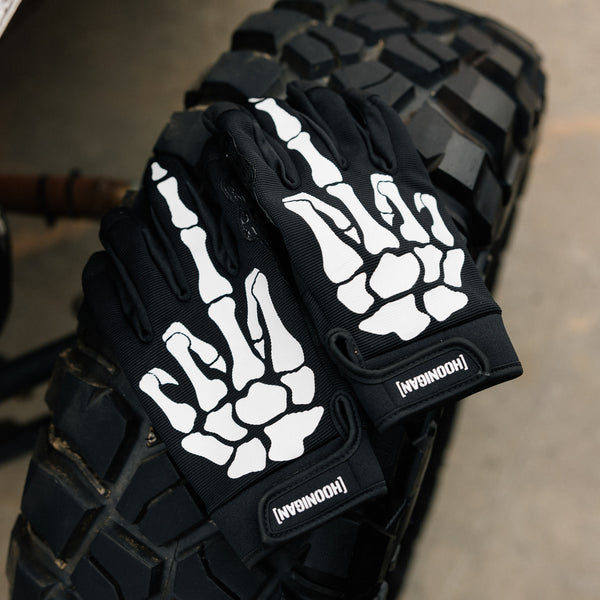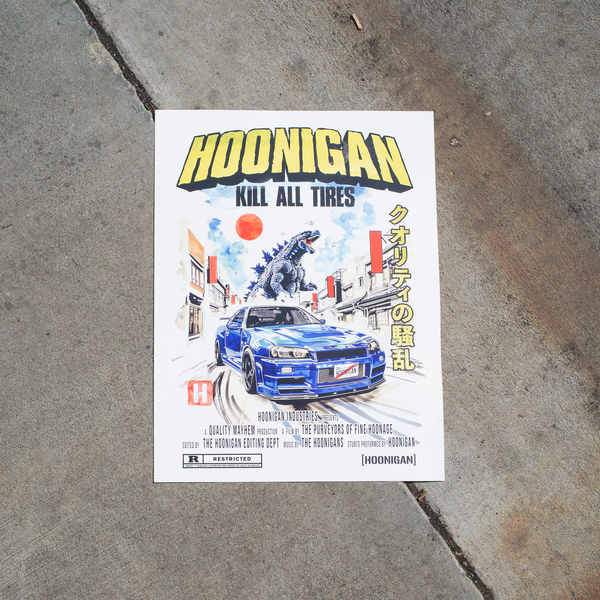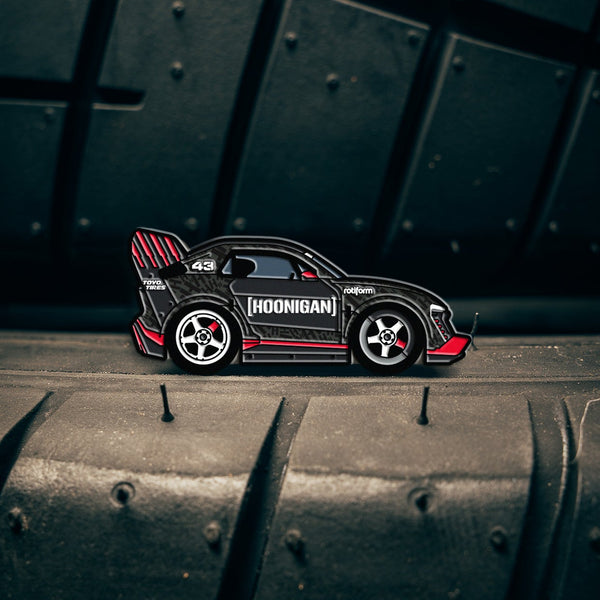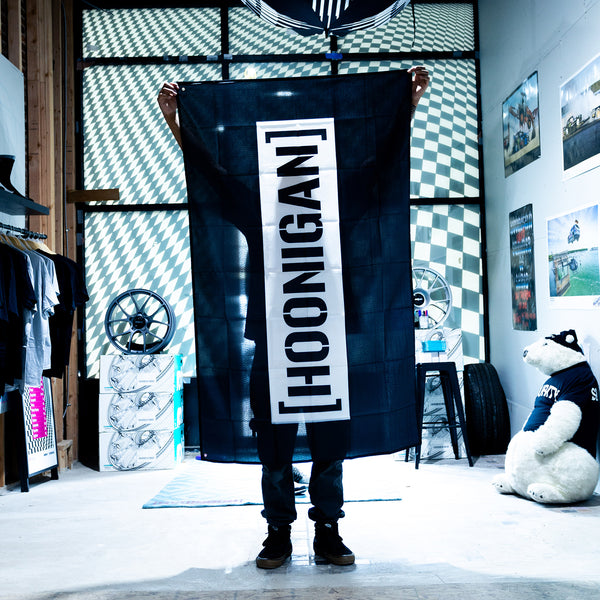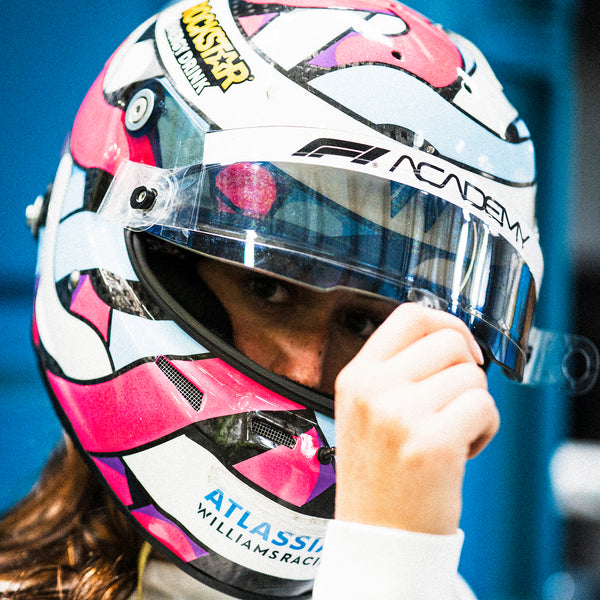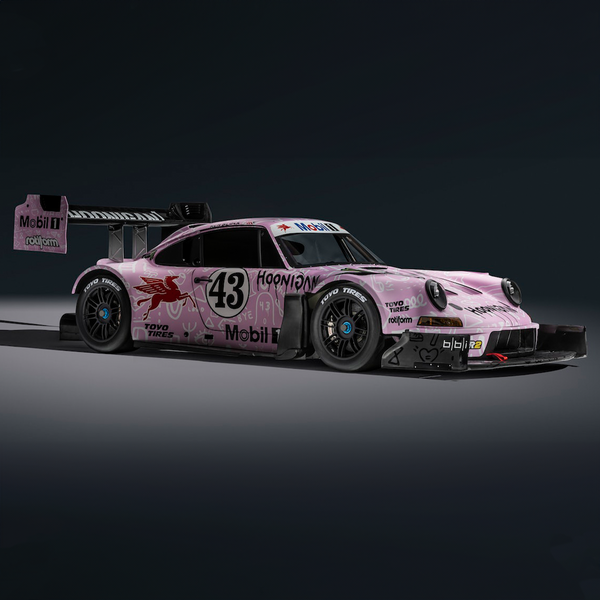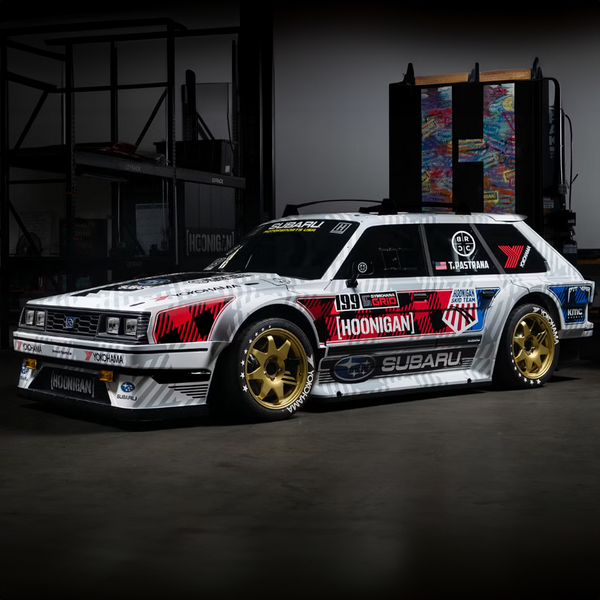When Scion folded back into the brand from whence it came, fans were expecting 2015 Formula Drift Champion Fredric Aasbo to finally get in a proper rear-wheel-drive 86. However, Stephan Papadakis and Toyota decided it was time for the new Corolla to come back to drifting.
Stephan Papadakis has been known for making front-wheel-drive vehicles do something they just weren’t meant to do. While most of his history was built with Hondas and drag racing, it’s been Toyota and Scion that he’s been closely associated with in drifting. It started with his work with Tanner Foust and the Scion Racing tC that featured a nasty TRD NASCAR V8 installed up front, while the power delivery was sent out back with a rear-wheel-drive (RWD) conversion.
 |
When the tC lined up in Long Beach, it caused a lot of controversy because drifting, up to that point, had been the sole domain of cars that were either originally RWD or all-wheel-drive (AWD) with the front drive removed. Never had anyone taken a front-wheel-drive (FWD) car and adapted RWD components to it, due to cost considerations and a lack of audience appeal (aka, fan haterade because it went against tradition). Now, it would be strange to see a Papadakis Racing car that wasn’t converted to RWD, but even still, when Scion folded, fans were expecting to see Fredric Aasbo behind the wheel of a proper RWD car.
Instead, fans were subjected to the return of the Toyota Corolla to drifting with the iM in 2018 and now the 2019 Rockstar Energy Toyota Corolla hatchback. While this is a twelfth generation Corolla, there has not been a true RWD Corolla since the fifth-generation chassis and the AE86. And there still isn’t unless you count the Papadakis Racing-built Formula Drift Special.
 |
With the debut of the 2019 model at the 2018 New York Auto Show, Toyota also revealed both the new Corolla and the new Papadakis Racing machine. The build started in December of 2017 and this one was originally a pre-production model. No body-in-white models were available at the time because the chassis had only just launched. Within three months, Papadakis and crew not only build a new drift car from scratch, but also developed all of the specialized parts within a radically restricted time frame. Fortunately, Papadakis Racing is all too familiar with these unheard of conversions and accelerated development curves thanks to his past builds. Now, let’s take a look FD slide ride.
The hood and roof are carbon fiber parts made with the help of Rhys Millen Racing in Huntington Beach, CA. The roof was drilled at the spot welds so it could be sent as one piece to RMR to get recreated into a single carbon fiber piece. The doors are still factory steel sheet metal, though; as those would be difficult to reproduce in the allotted time frame.
The rear wing is a TRD piece that was available to the public at car’s launch back in March. The front bumper is a factory offering, but the rear fenders are one-piece carbon fiber parts and not overfenders, like so many tuner kits. Stock rear quarter panels were cut and removed per rules allowances and the new fenders are attached by rivets. The rear bumpers and tail lights still utilize zip-ties on custom brackets since metal Dzus fasteners can be bent out of shape and never line up again. That’s time against you when you’re up against a potential five-minute clock.
 |
The radiator is mounted in the rear but faces downward to the ground and is located where the rear seats once resided. Doing this not only moves a critical part from a high impact area but also lowers the center of gravity. It’s separated from the front cabin by a rear aluminum firewall that also ducts it to vent holes in the rear window. To get fresh air to Fredric, a Parker Pumper was installed to push fresh air into his helmet from a roof mounted NACA Duct.
 |
The stock dash is retained as required by the rules, but everything else is removed and replaced. The pedal box is a Tilton dual brake master cylinder unit features a drive-by-wire throttle. While that’s similar to the stock design, it doesn’t follow a torque-on-demand curve, but instead is dictated by Fredric’s foot. The AEM Infinity engine management controls the throttle body and engine and allows for extra tricks with the throttle body. The quick release on the steering wheel does not use splines or ball-detents to locate but uses a wedge to eliminate any play in the steering wheel.
The vehicle electronics do not rely on relays or fuses, but instead utilize a MoTeC Power Distribution Module (PDM) which is a solid state device. The AEM CD-7 Digital Dash logs engine parameters but the PDM logs the electronics from voltage, amperage, and states. These both help find and prevent engine and electrical faults before they can occur. This also reduces time lost in trying to get relays to open or replace blown fuses because there aren’t any.
 |
 |
The engine is based on the stock 2.5-liter 2AR-FE but rotated 90-degrees. The mounts that attach to the engine are also based on its original FWD layout, so there is a front engine mount and a rear motor plate rather than two mounts on the sides like a traditional RWD mount layout. The rear motor plate and the front mount are both custom machined out of aluminum by Papadakis Racing. This allows the team to use a Chevrolet Small Block V8 bellhousing pattern to accommodate the NASCAR-style G-Force Four-Speed GSR Transmission. The rear motor plate also serves as a transmission adapter as well as a mount.
 |
The 2AR still sits a bit forward of the front axle line, but it can’t be moved back any further due to rules restrictions. In Formula Drift, the rear of the engine can’t be rearward of the factory firewall. The transmission tunnel is opened up to the limit of the rules as well to fit the engine and transmission. Even with the engine weighing in at 220-pounds with another 80 or so for intake and turbo plumbing, this chassis still features a 54/46 front-to-rear weight balance.
You will always hear about how the Papadakis Team constantly pulls engines in a weekend and the head gasket is the usual failure point due to head flexing. How do they get the engine out so fast, though? Maintenance and removal of the 2AR is designed into the mounts and locations of components. Certain components are also modular and can be removed as a collection of parts rather than individual pieces while a team of three crew members can work on the car at the same time: two under the hood, one under the chassis. This is why engine removal is so fast with the Papadakis team.
They will use one of two turbos depending on what Fredric wants out of the car for each track. Typically, though, the Borg Warner 8374 is used on small and tight tracks and the 9174 is used on most ovals and longer tracks. Using the 9174, the 2AR produces over 800 horsepower while it will make about 50 to 100 horsepower less on the 8374. That’s where the 150-shot of nitrous comes in to make up for any lag in power. The dry sump oiling system is custom made by Papadakis Racing because no one else makes one for the 2AR.
 |
Underneath, the chassis is completely powder coated. In addition to being converted to RWD, the Corolla is converted from “rear-steer” – where the rack is located behind the front axle and closer to the driver – to “front-steer” and in front of the axle. The stock Corolla also uses electric power steering assist, so the “new” rack is hydraulic power steering assist and from a 1998 Toyota Supra. Stephan says this is the sixth generation steering design from all of the drift cars he has built and is capable of 68-degrees of full steering angle lock.
 |
 |
 |
The control arms are custom made by Papadakis Racing out of chromoly tubing and sheets. The spindle is a custom made billet aluminum piece made by Papadakis Racing but uses a stock bolt pattern to attach the Lexus IS350 hub. The struts are based on a S14 Nissan 240SX design made by RS-R but feature a custom pillow-ball upper mount to attach to the Corolla strut towers. The Motegi Racing MR406 wheels are built in Buena Park, CA. They feature forged centers with 18-inch barrels made to their spacing specifications with Nexen N’Fera SUR4G tires in 265/35R18 front and 275/40R18 rear.
StopTech calipers attach to custom mounts and their rotors attach to custom brake rotor hats in the front. The JZ80 Supra rear differential is spun by a custom carbon fiber driveshaft and axles are out of the same Supra as well. The reason Papadakis runs that differential is because it is smaller and lighter than a Winters Quick Change. He also adds that gearing changes happen mostly in the transmission rather than the rear end.
 |
 |
The rear arms are custom made and allow for maximum travel by the rules, which limit frame cutting, so they are curved to reach around certain points of the chassis. The rear hubs are sourced from a Lexus IS350, which uses the same axle spline as the JZ80 Supra axle, and they’re bolted to a set of custom billet aluminum uprights. The dual four-piston StopTech calipers attach to the uprights by custom mounts and the rear rotors are based off of sprint car pieces that are attached to custom aluminum brake hats. Rear suspension dampening is controlled by a set of custom RS-R coilover shocks that attach to special brackets that locates the top of the shock eye to the stock pivot of the chassis.
It takes a lot of work to convert a FWD to a RWD, but it’s not as much of a challenge for the Papadakis Team considering they have been doing it for nearly as long as Formula Drift has been around. While some fans will be disappointed that Fredric Aasbo won’t get a GT86 here in the US, this Corolla carries the legend of the AE86 well thanks to his driving skill and Papadakis’ engineering prowess. It may not be factory RWD, but this Corolla is besting much of the field with half of the cylinders. What’s to hate about that accomplishment?
Instagram: Larry_Chen_Foto
Larry@LarryChenPhoto.com

















































